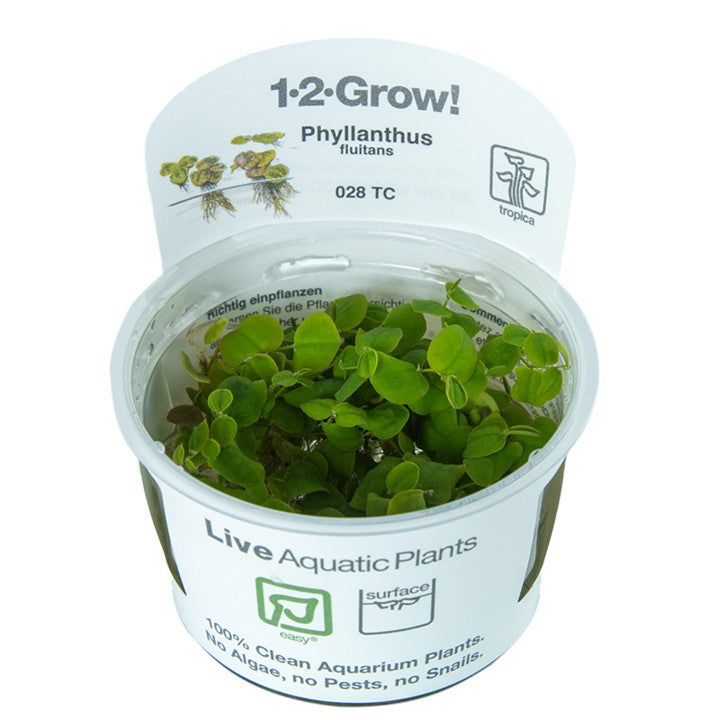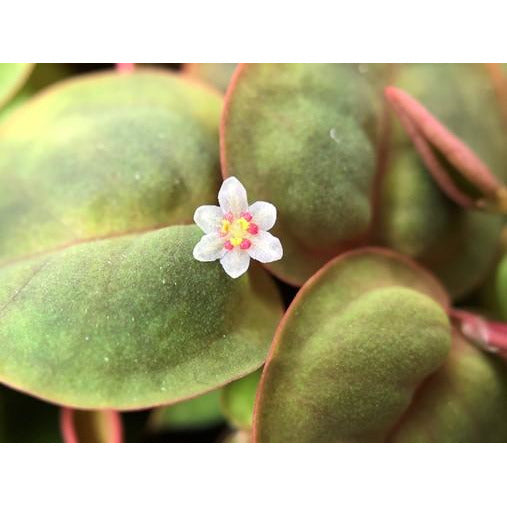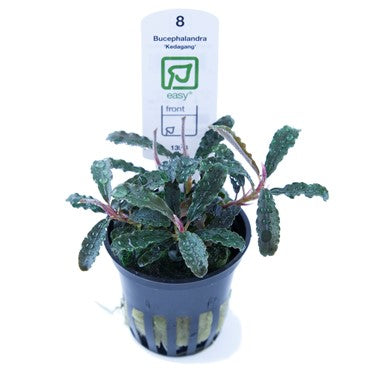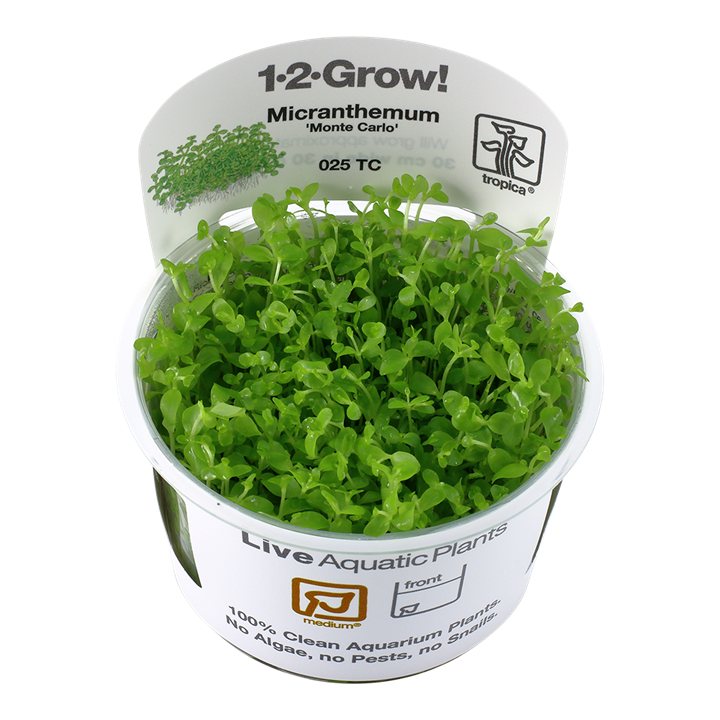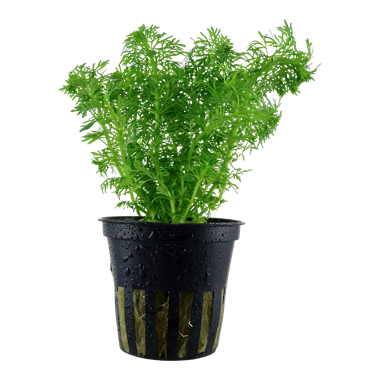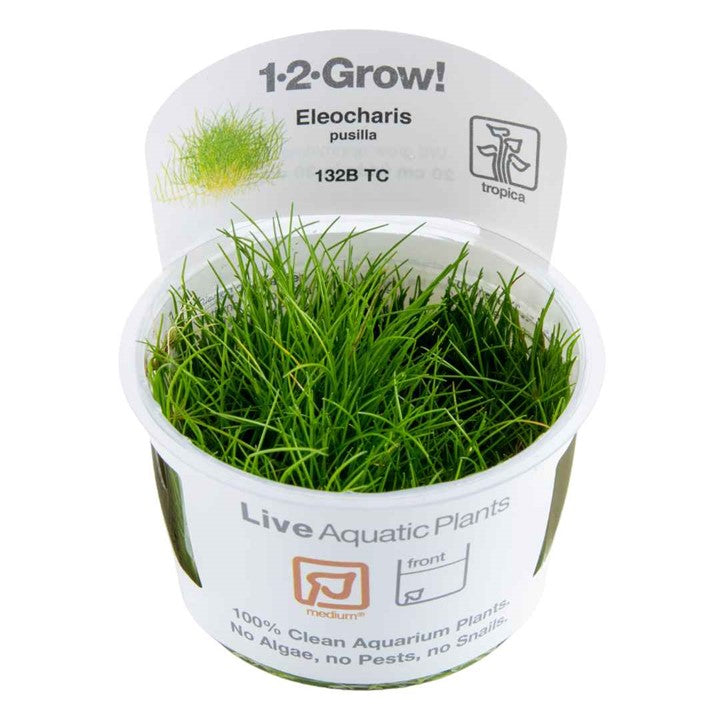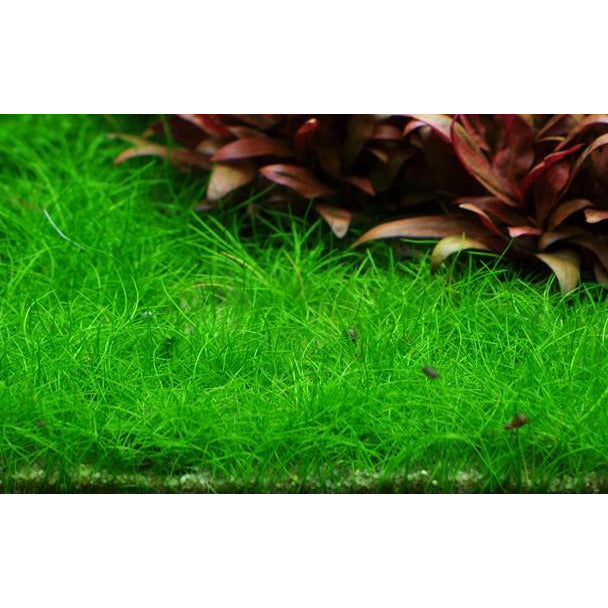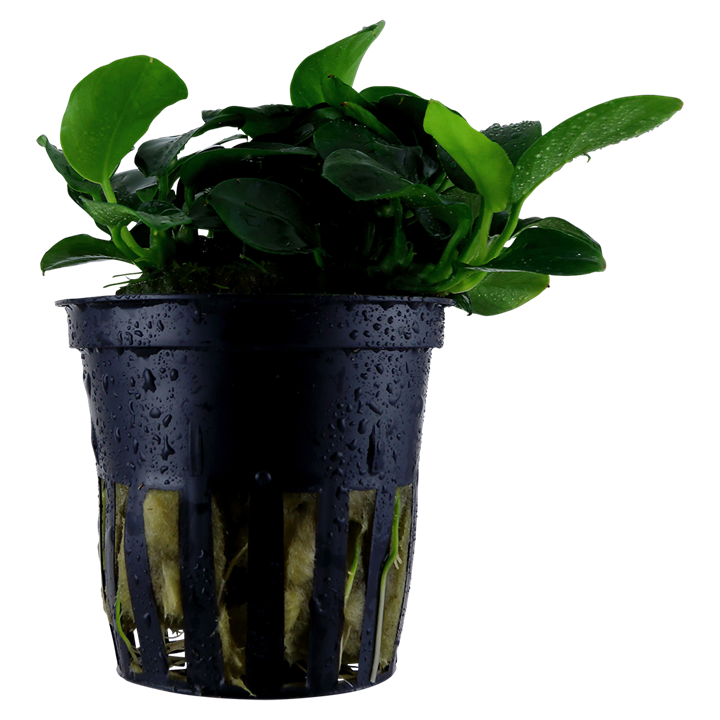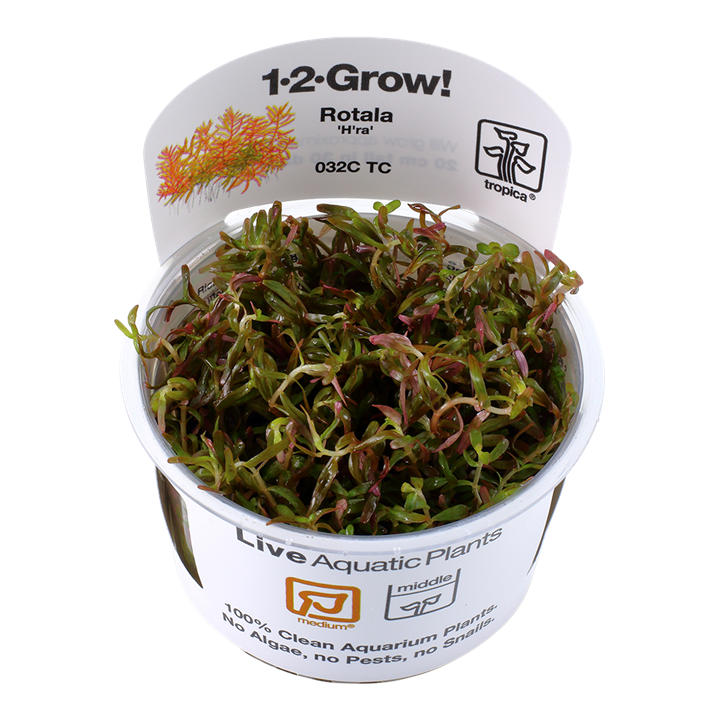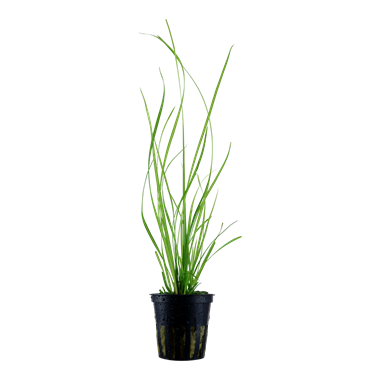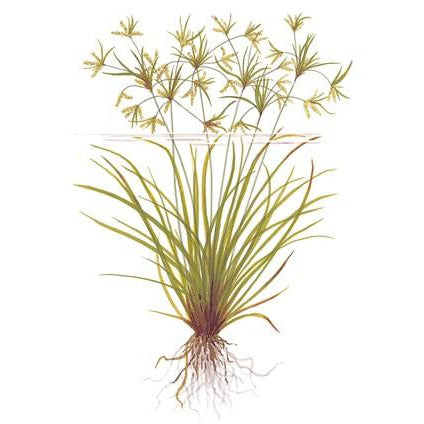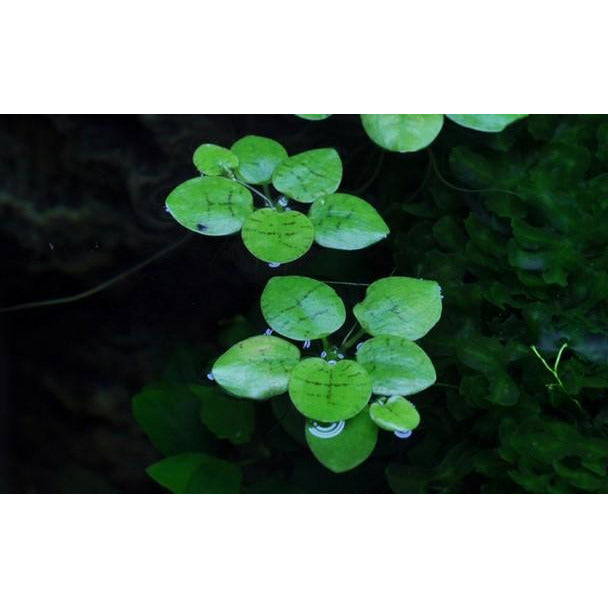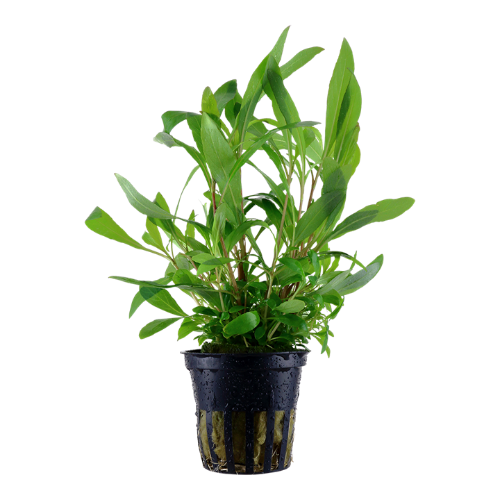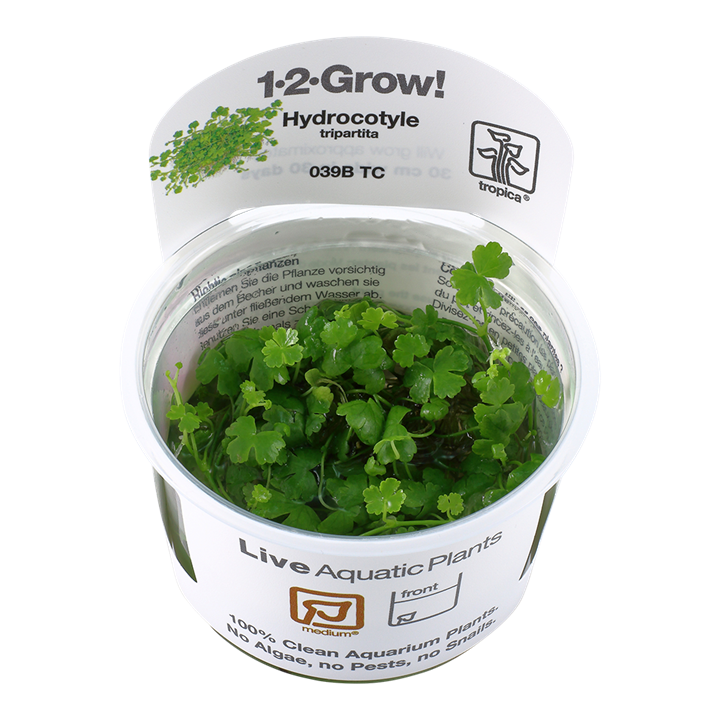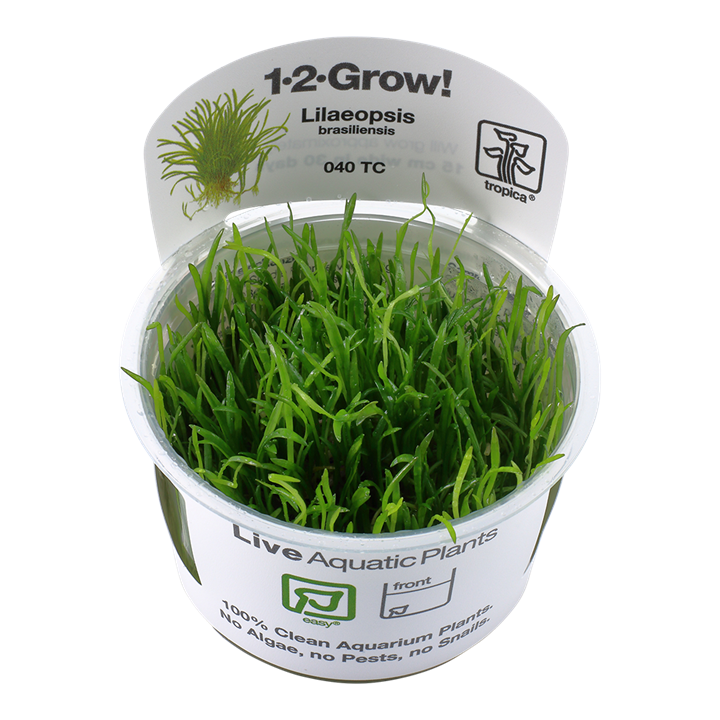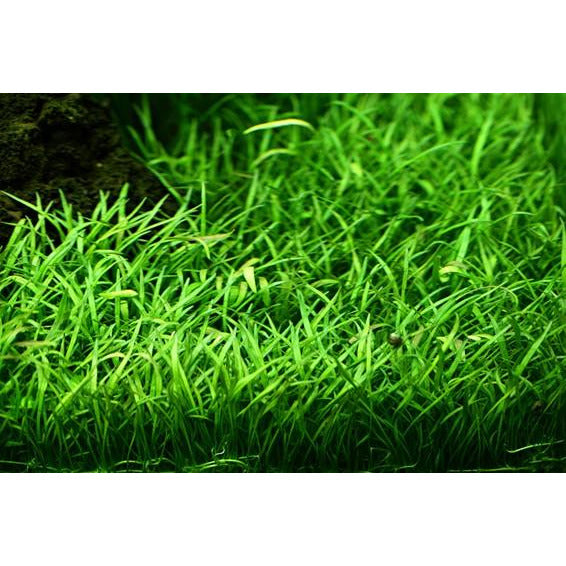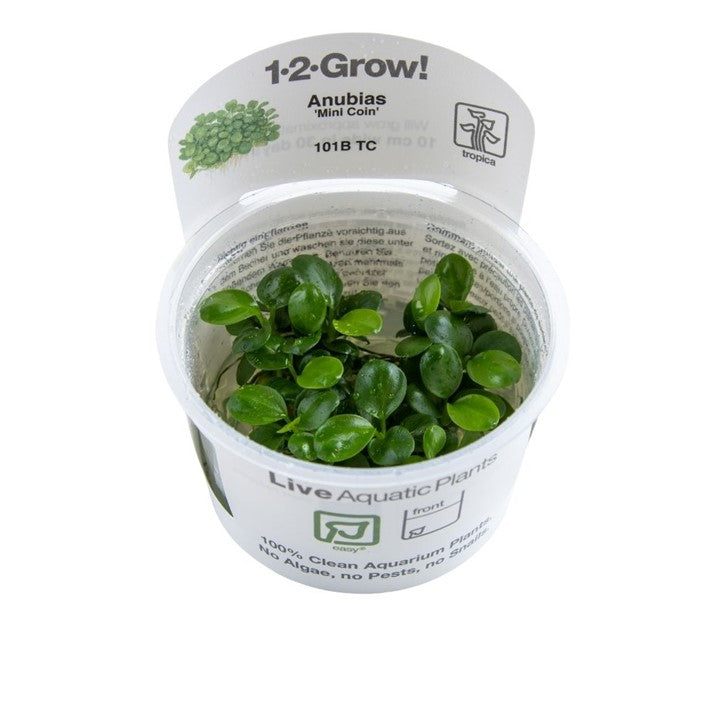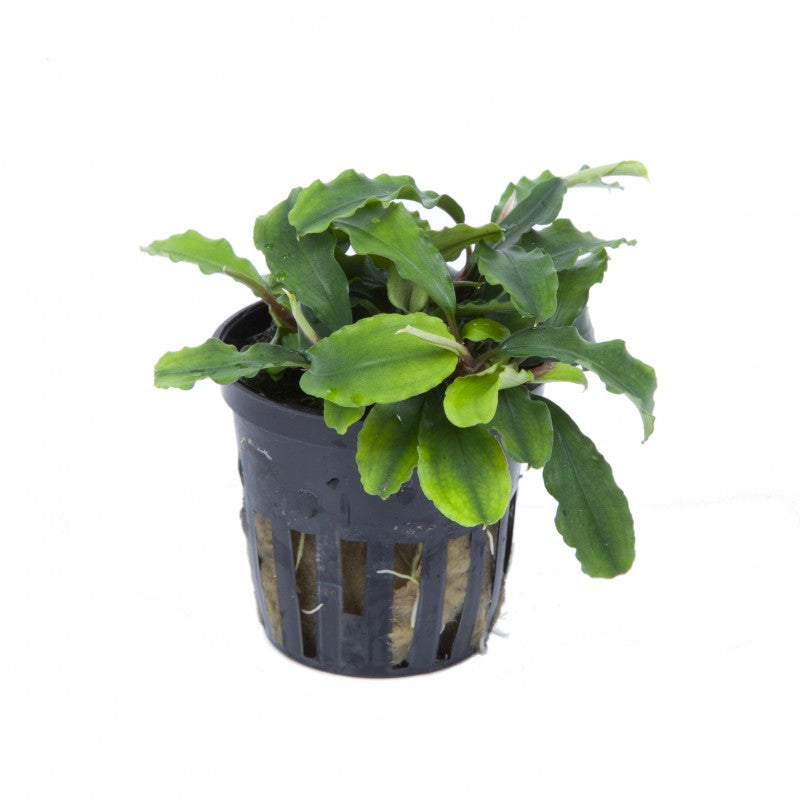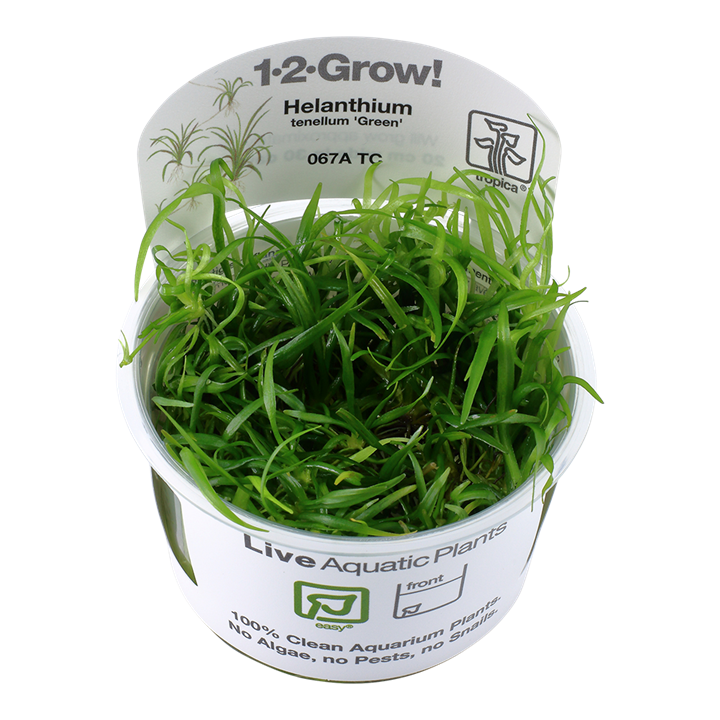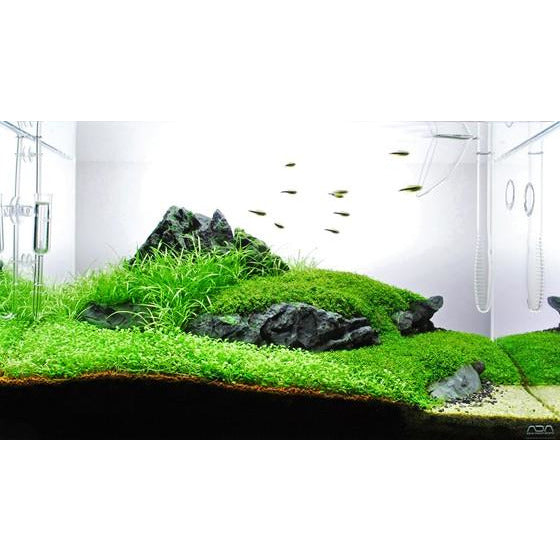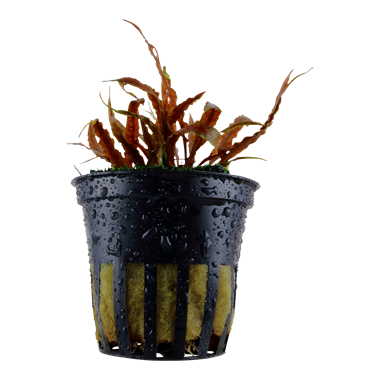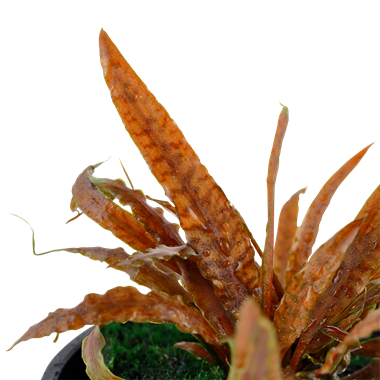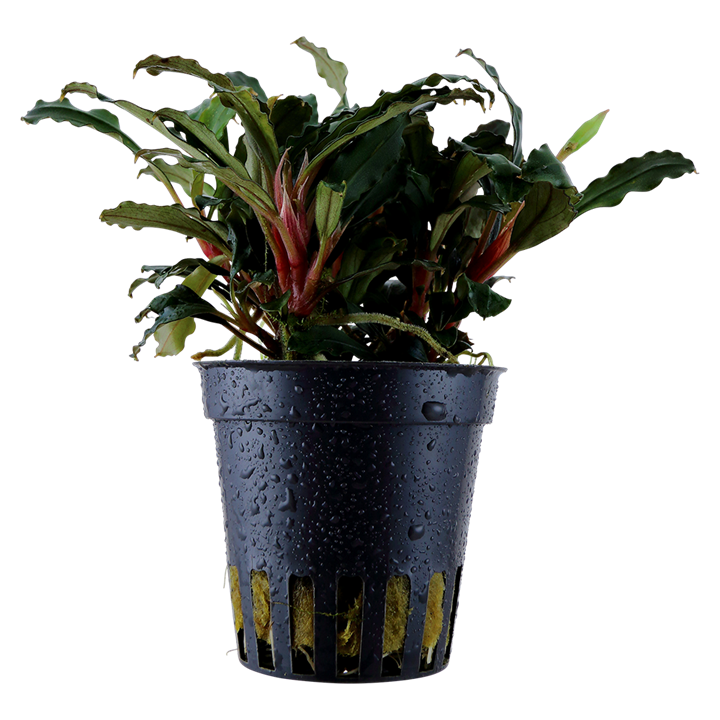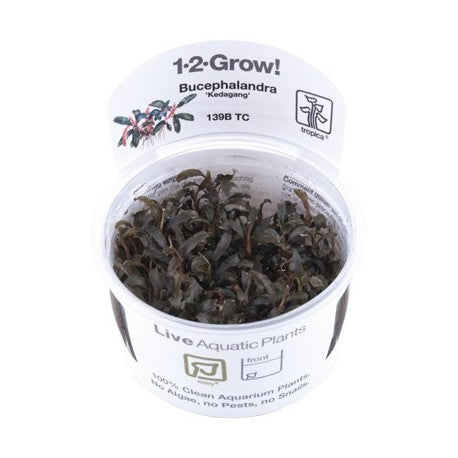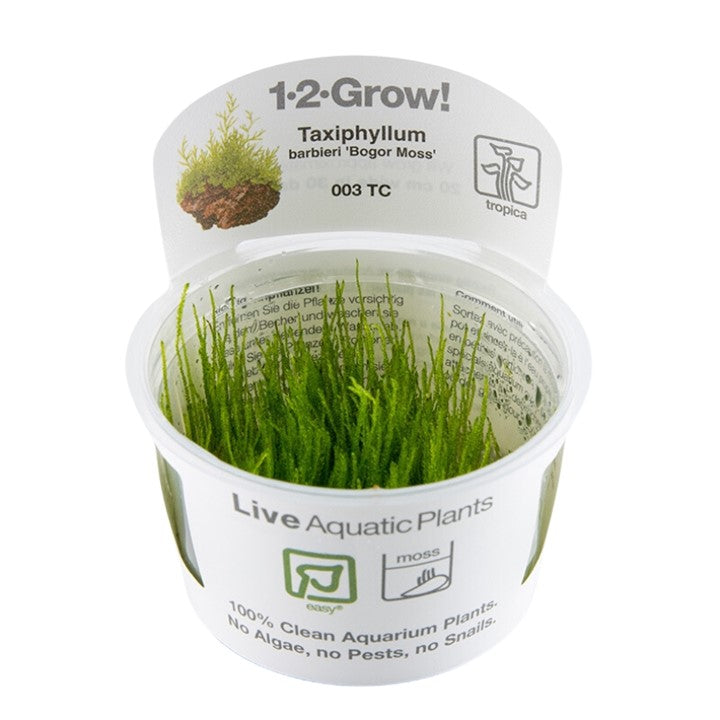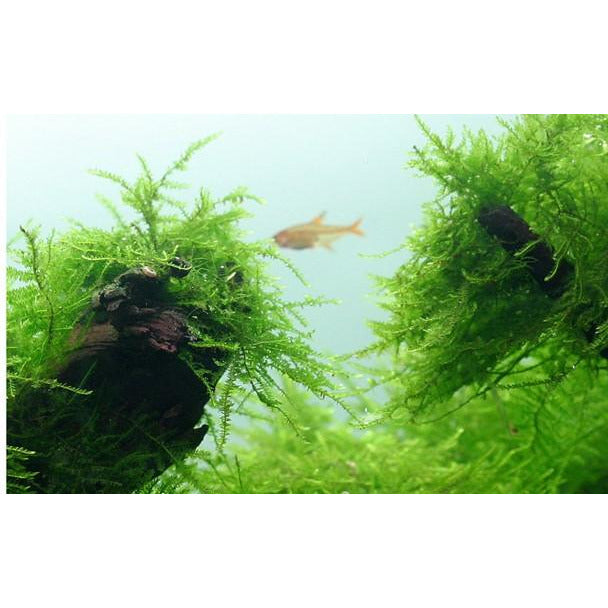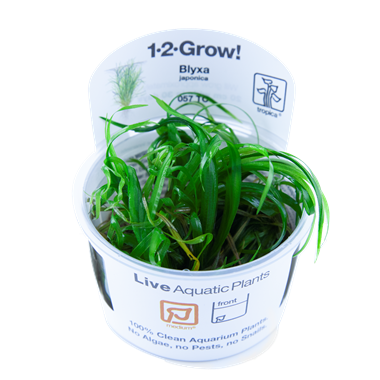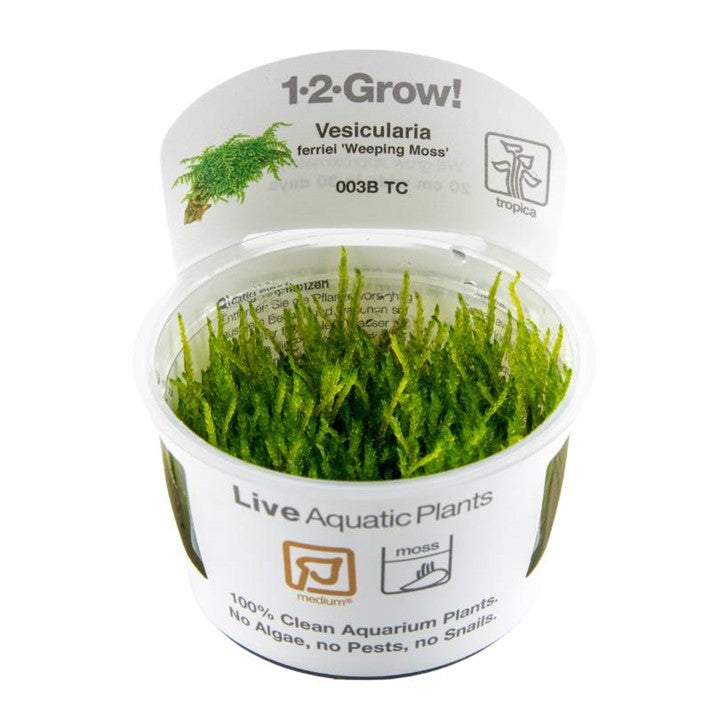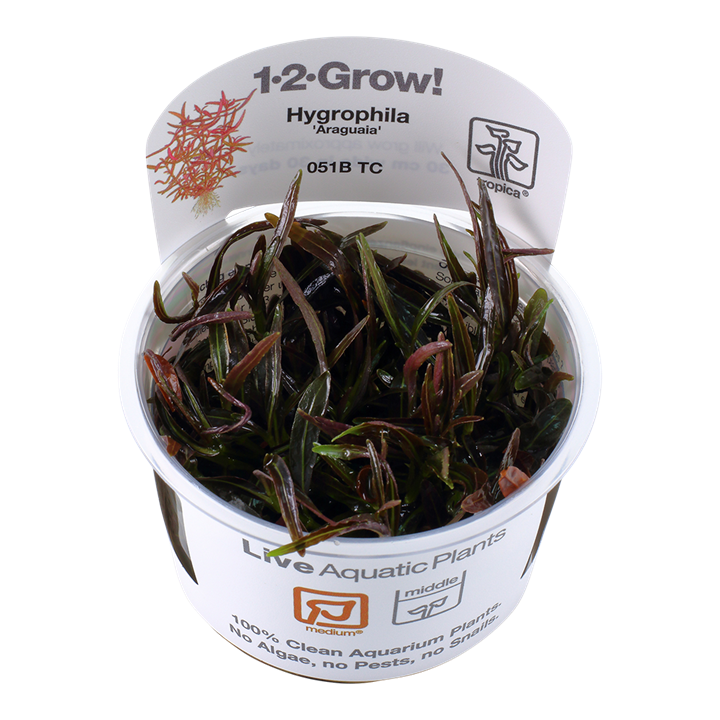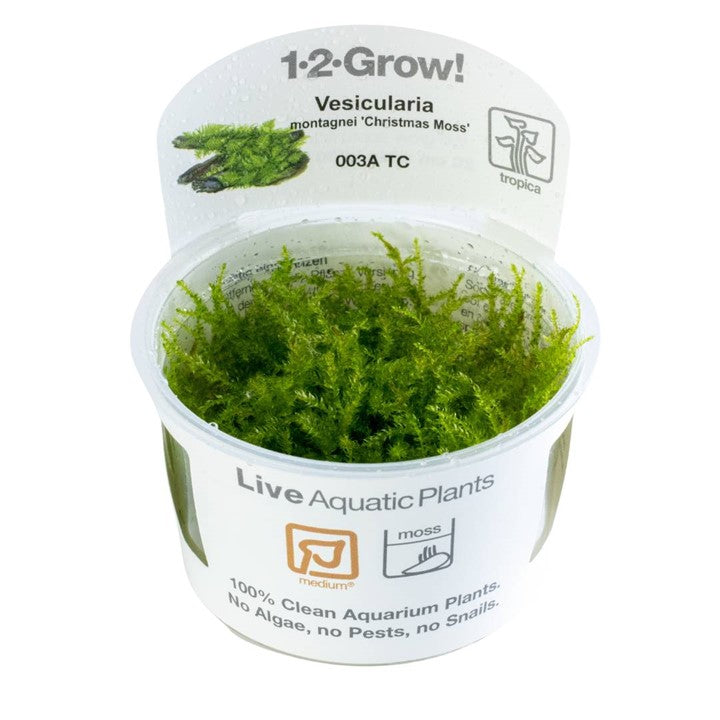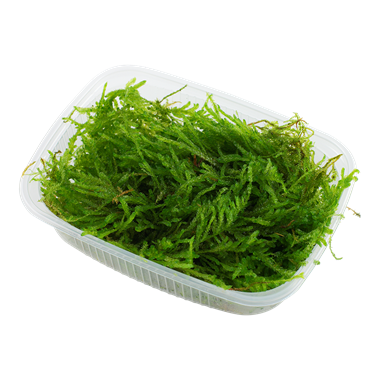
Iwagumi Aquascapes: What They Are and How to Create One

Mastering the Art of Iwagumi
An Iwagumi is an exquisite and meticulously crafted arrangement of stones that originates from Japan, reflecting the principles of Zen aesthetics in Aquascaping. This style is defined by its minimalist approach, where the focus is solely on stones as hardscape Materials, creating a serene and captivating underwater landscape. In an Iwagumi aquascape, a single type and colour of stone is chosen, which adds to the visual harmony and emphasises the natural beauty of the materials. Arranged according to key principles of balance, simplicity, and proportion, the layout typically incorporates an asymmetrical design that evokes the feel of a natural landscape, reminiscent of mountains or rock formations. Elements such as the placement of larger stones to serve as focal points, complemented by smaller stones to create depth and interest, play a crucial role in achieving this artistic vision. Overall, Iwagumi Aquascaping beautifully combines artistry and nature, inviting viewers to experience a sense of tranquility and reflection within its carefully curated environment.

Crafting Tranquility with Stones and Space
Stone choices for Iwagumi Aquascape
Popular stone choices for Iwagumi:
- Seriyu stone
- Hakkai stone
- Frodo/elderly
- Mountain stone
- Dragon stone
3 main stones in an Iwagumi
A traditional Iwagumi has 3-9 stones always using a odd number for the final result. But there must be a minimum of 3 main stones.
- OYAISHI - Main stone
- FUKUISHI - Secondary stone
- SOEISHI - Third

Mr. Yusuke Homma, James & Nicole (horizon co-owners) at the ADA Seminar, 2024
OYAISHI - Main Stone
The main largest stone is called the Oyaishi and is the focal point of the aquascape, therefore all stones after this main stone should be smaller.
When we visited ADA HQ gallery in Japan Mr. Yusuke Homma hosted a Aquascaping seminar where he explained the Iwagumi. He described the main stone as the focal point and said to take time in finding the best face of the stone before choosing a placement, once placed this stone decides to which way the layout will flow.
FUKUISHI - Secondary stone
The Fukuishi stone, which is the second largest stone in the arrangement, plays a crucial role in enhancing the overall aesthetic. Positioned strategically, the Fukuishi stone serves to interrupt the main stone, known as the Oyaishi, thereby introducing an element of drama and visual interest. This careful placement not only enhances the composition but also creates a sense of depth and perspective, drawing the viewer’s eye and inviting them to explore the intricate layers of the design. By thoughtfully integrating the Fukuishi stone, the arrangement becomes more dynamic and engaging.
SOESISHI - Third stone
The third stone, known as the Soeishi, is the smallest among the three stones in this arrangement. Despite its smaller size, it plays a crucial role in enhancing the overall visual appeal and flow of the main stone. The Soeishi acts as a supporting element, drawing attention to the larger stone while also creating a harmonious balance within the design. Its subtle presence helps to unify the composition, allowing the characteristics of the main stone to shine through even more prominently.
SUTEISHI - Detailing stones
The term "Suteishi stones" refers to additional smaller stones that are placed alongside the main three stones in an Iwagumi layout. These smaller stones serve to enhance the overall composition, adding intricate details and depth to the aquascape. They are particularly useful in larger Iwagumi designs, where the contrast in size can create a more dynamic and visually appealing arrangement. By strategically positioning these Suteishi stones, Aquascaper's can achieve a sense of balance and harmony within the layout.
Planting an Iwagumi Aquascape
Traditional Iwagumi explore simplicity and are usually minimalistic when it comes to plant choices. Using carpeting plants and grasses in lush vibrant greens giving a real feel of nature.

Traditional Iwagumi
Traditional Iwagumi aquascapes emphasise simplicity and minimalism, making thoughtful choices when it comes to plant selection. These designs often incorporate a variety of carpeting plants and grasses that showcase rich, vibrant greens, giving a real feel of nature. The goal is to create a natural aesthetic that reflects the serene beauty of nature, allowing each element to stand out while contributing to the overall tranquil atmosphere. By focusing on a limited palette of plants, traditional Iwagumi encourages deep appreciation for the intricate details and textures.
This doesn't mean that you can't use stems and go a little wild with colour, you absolutely can.

Plant choice for Iwagumi Aquascape
Popular aquatic plant choices for Iwagumi aquascapes:
- Glossostigma elatinoides
- Eleocharis species
- Micranthemum callitrichoides ’Cuba’
- Micranthemum tweediei 'Monte Carlo'
- utricularia graminifolia
- Cyperus Helferi
 Fish For Iwagumi Aquascape
Fish For Iwagumi Aquascape
Fish choice is usually one type of shoaling species to give the illusion of birds over mountains
5 Popular fish choices for iwagumi layouts:
- Green neon tetra
- Least rasbora
- Rummynose tetra
- Black neons tetra
- Cardinal tetra
Iwagumi often gives a super clean, modern minimilstic look, we find it suits a modern home and also looks fantastic in office spaces! We hope this helped you understand a little more about the Iwagumi layout and gives you the spark to try one.

Mr. Takashi Amano, Iwagumi Layout in the ADA Gallery, 12 years old
These images were taken by Horizon Aquatics Owners on a trip to the ADA Gallery in Japan, these Aquascapes were created by the Aqua Design Amano Suikei creators,and Mr Takashi Amano
🪨 Iwagumi Aquascape Q&A
Q: What is an Iwagumi aquascape?
An Iwagumi aquascape is a minimalist aquarium style focused on stones as the main feature. It follows strict Japanese design principles where balance, simplicity, and natural beauty are key.
Q: How many rocks are used in an Iwagumi layout?
Most traditional Iwagumi layouts use an odd number of rocks (usually 3, 5, or 7). Odd numbers create a more natural, asymmetrical feel, avoiding perfect symmetry.
Q: What are the main rocks called in Iwagumi?
-
Oyaishi (main stone): The largest and most important rock, usually tilted.
-
Fukuishi (secondary stones): Support and complement the main stone.
-
Soeishi (accent stones): Smaller stones that complete the flow and natural look.
Q: Is Iwagumi aquascaping difficult?
A: It can be challenging!
Because it's so simple, every detail matters — the angle of rocks, the spacing, the plant trimming, and keeping algae under control. But with patience, it's incredibly rewarding!


